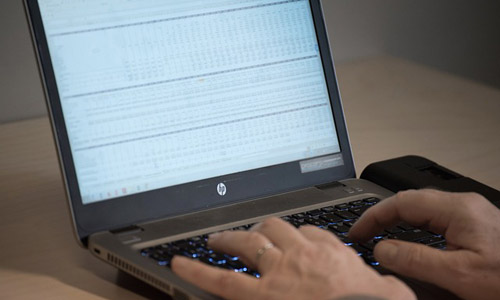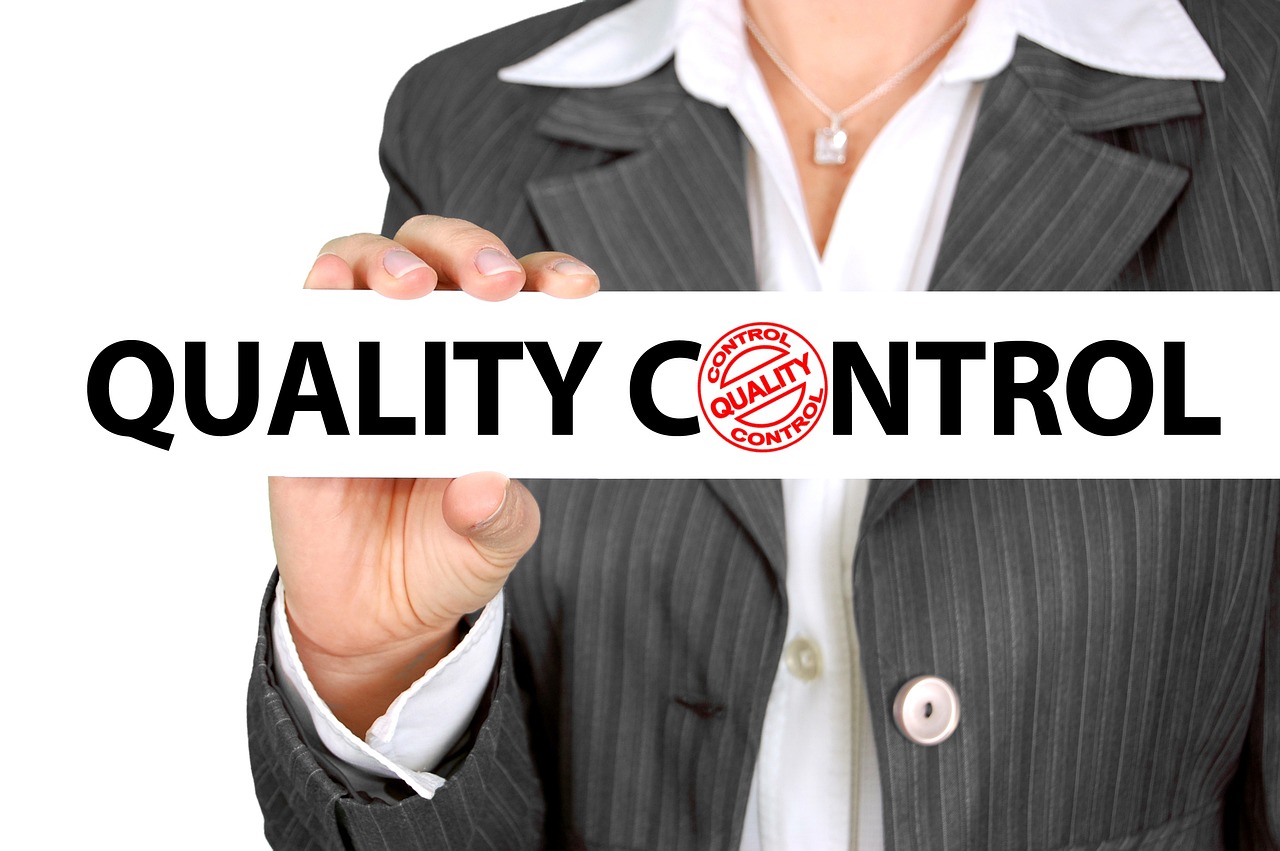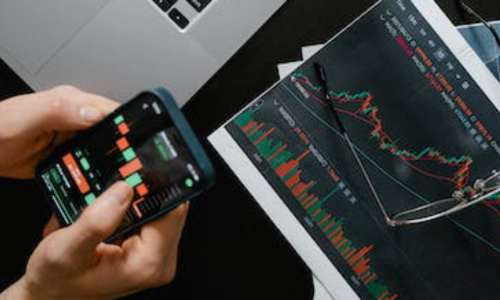Patent Application Documents Translation Services
Patent application documents are critical legal instruments that protect inventions and innovations from unauthorized use. These documents require precise and accurate translation when being submitted to foreign patent offices, as any misinterpretation or ambiguity could result in the rejection of the application or weaken the protection offered by the patent. The translation of patent application documents is a specialized field that demands not only linguistic expertise but also a deep understanding of the technical subject matter and legal terminology. This article will explore the different types of patent application documents, the challenges involved in translating them, and the best practices to ensure high-quality translations.

Best Practices for High-Quality Patent Document Translation

Collaboration with Subject Matter Experts
- Given the technical nature of patent documents, it is often beneficial for translators to collaborate with subject matter experts (SMEs) who have in-depth knowledge of the relevant field. This collaboration can help ensure that the translation is technically accurate and that any complex concepts are properly conveyed.
Use of Translation Memory and Terminology Databases
- Translation memory tools can be invaluable in maintaining consistency across large patent applications, particularly when working with multiple documents. These tools store previously translated segments and suggest them for use in new translations, ensuring that the same terms and phrases are used consistently.
- Terminology databases are also essential for managing the specialized vocabulary used in patent documents. These databases can be customized to include industry-specific terms, legal terminology, and preferred translations, helping to ensure that the translation is accurate and consistent.
Quality Assurance Processes
- A robust quality assurance (QA) process is crucial for ensuring the accuracy of patent translations. This process typically involves multiple rounds of review, including checks for technical accuracy, legal compliance, and linguistic quality. The QA process may also include validation by a second translator or SME to catch any errors or ambiguities.
- Additionally, patent translators should use glossaries, style guides, and other reference materials to ensure that their translations meet the required standards.
Understanding the Legal Context
- Patent translators must have a solid understanding of the legal context in which the translation will be used. This includes knowledge of the patent laws and regulations in the target jurisdiction, as well as the specific requirements for patent applications. Understanding the legal context helps ensure that the translation is not only accurate but also legally sound.
Continuous Training and Professional Development
- The field of patent translation is constantly evolving, with new technologies and legal developments emerging regularly. To stay up-to-date, patent translators should engage in continuous training and professional development. This can include attending industry conferences, participating in specialized training programs, and staying informed about the latest trends and best practices in patent translation.
Types of Patent Application Documents
Invention Patent Applications
- Specification: The specification is the most detailed part of a patent application, describing the invention in full, including how it works and how it can be made. This document requires a precise translation of technical terms and a clear, unambiguous description of the invention.
- Claims: The claims define the scope of the patent protection. They must be translated with exactitude, as they determine what is protected by the patent and what is not. Any error in translation could lead to a narrower scope of protection or, conversely, an overly broad claim that could be challenged.
- Abstract: The abstract provides a summary of the invention. While it is shorter than the specification, it still needs to convey the essence of the invention accurately.
- Drawings: While the drawings themselves do not require translation, the accompanying text or annotations must be translated accurately to ensure that the drawings are correctly understood.
Utility Model Patent Applications
- Specification and Claims: Similar to invention patents, utility model patents require a specification and claims, but these typically cover simpler inventions. However, the need for accuracy in translation remains paramount.
- Drawings and Abstract: Utility model patents also include drawings and an abstract, which must be translated with the same level of care as invention patents.
Design Patent Applications
- Design Description: The design description explains the visual aspects of the design. Translating this requires a good understanding of the design elements and how they are perceived in different cultures.
- Claims: Although design patents typically have simpler claims, they still require precise translation to ensure the design is adequately protected.
- Drawings and Photographs: Similar to utility and invention patents, any annotations or descriptions that accompany the drawings and photographs must be translated accurately.
Provisional Patent Applications
- Specification: Provisional applications often include a specification that is less formal than a full patent application. However, translating this document still requires a high level of accuracy to ensure that the provisional application can later be converted into a non-provisional patent application without losing any protection.
- Drawings: Provisional applications may include drawings, and the same rules for translating annotations apply here as well.

Why Choose Us
Translation Quotation
The pricing for our translation services is contingent on the following determinants:
- Professional complexity and data intricacy
- Source language
- Target language
- The total volume of data to be translated
- Technical processing complexity
- Time constraints
- Layout specifications
- Ratio of specialized vocabulary
- The necessity for foreign reviewers and urgency level, etc.
To obtain the most precise estimate for your business translation project, completing our quotation form is the optimal approach.

